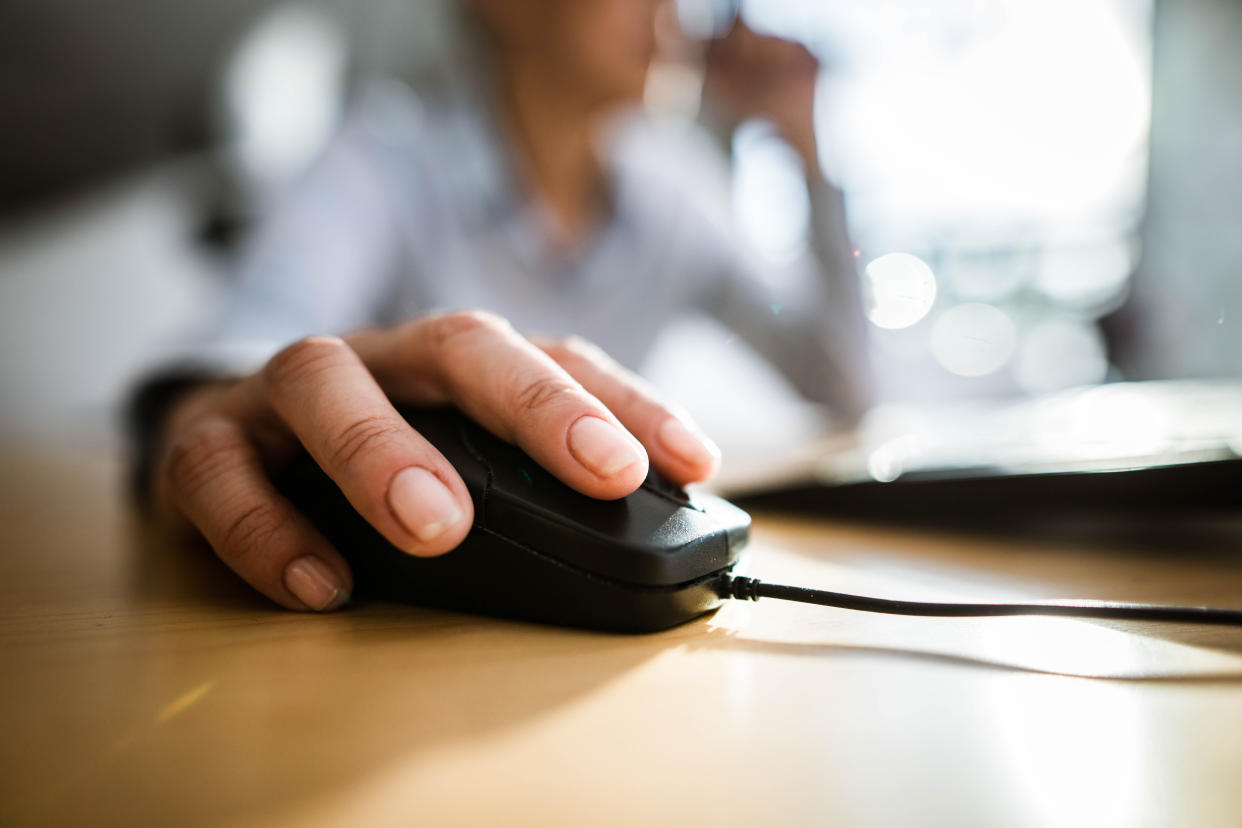Why 'mouse jiggling' is a symptom of a bigger work problem

Wells Fargo recently fired more than a dozen employees after an investigation revealed workers were found using “mouse jigglers” to fake working.
In May, the financial services firm said workers were discovered engaging in alleged unethical workplace practices to create the “impression of active work". However, it is not known how the staffers had roles where their productivity could be measured by mouse movements.
Mouse jigglers are devices or software that simulate the movement of your mouse cursor, making it look like you’re working, even if you’ve stepped away from your desk. Although they’ve existed for years, they soared in popularity during the pandemic, when home-working became the norm.
At face value, faking work may seem like a dismissible offence. But the prevalence of these tools highlight a larger problem of a pervasive culture of workplace surveillance – and an obsession with arbitrary productivity.
Read more: Working mothers are being silenced at work with NDAs
Multiple studies show remote workers are actually more productive than their in-office counterparts, yet an unsettlingly high number of employers still spy on their home-working staff. According to a survey by ExpressVPN, 78% of employers engage in remote work surveillance, despite 83% admitting there are ethical concerns with employee monitoring.
Three-quarters of “productivity” tools take screenshots of an employee’s screen, based on employer set conditions, according to research by StandOut CV. Meanwhile, 22% of the software can monitor people via their camera or screen recordings and nearly 10% can record audio from the device it is installed on.
Of course, there may be legitimate reasons for checking up on workers. For example, a business may want to protect itself in the case of possible lawsuits. However, many employers use surveillance to check people are actually working, despite the fact that it is almost impossible to measure productivity by counting the time spent at a desk.
For some jobs, productivity is relatively easy to assess, for example, by counting how many items are produced on an assembly line in a day. But in many jobs – including knowledge-based or creative roles, or jobs in marketing or finance – determining productivity is far more difficult.

Understanding the impact of a piece of work and an employee's contributions to it is far more difficult than simply counting their mouse movements over an eight- or nine-hour day. What happens if someone is ‘in the zone’ and manages to finish their work in six hours? Should they spend their remaining working hours engaging in busywork to appear productive – or take the time to wind down, so they are refreshed and prepared for the next day?
Numerous studies have proven the benefits of taking regular breaks during the workday, including reduced stress, improved focus and productivity. For many people, however, the anxiety over being caught ‘slacking off’ means they will spend their remaining hours engaging in busywork.
The problem is that we arbitrarily prioritise 'activity' instead of 'output' because we equate being busy with productivity. In today’s fast-paced world, having too much to do is a status symbol, a sign that you and your skills are in demand.
Being busy creates the perception of being engaged – and being seen to make an effort often gives a worker higher moral value. Being overworked and putting in overtime is something to be admired. But in reality, very few benefit from this approach to work.
Read more: What is productivity anxiety and why is it affecting more workers?
Being overworked is a sure-fire way to heighten stress and exhaustion, which can lead to burnout and mental health problems like anxiety and depression. And burned out workers are far less productive and engaged with their jobs. Employers with a bad habit of pushing employees to the brink may find themselves with more people off sick or quitting entirely, leading to a higher turnover rate, both of which can be costly.
Despite this, many organisations continue to use workplace surveillance to incentivise people to work harder. However, research shows it has the opposite effect. When organisations overload employees, base their incentives primarily on the amount of time they work, and excessively monitor their activities, productivity and efficiency actually drop. A 2022 meta-analysis on the effects of electronic monitoring found it offered no benefits, and instead damaged workplace culture and led to unwanted behaviour.
Amid the uptick in monitoring, there’s mounting evidence that electronic surveillance can do more harm than good. When people know they are being watched, it sends their stress levels sky-high and erodes trust, leading them to disconnect with their work and their employers.
As uneasy as it might make some managers, it may be more effective to trust people are doing their jobs, without watching their every mouse move.
Watch: Wells Fargo fires dozens of employees for 'faking work'
Download the Yahoo Finance app, available for Apple and Android.

